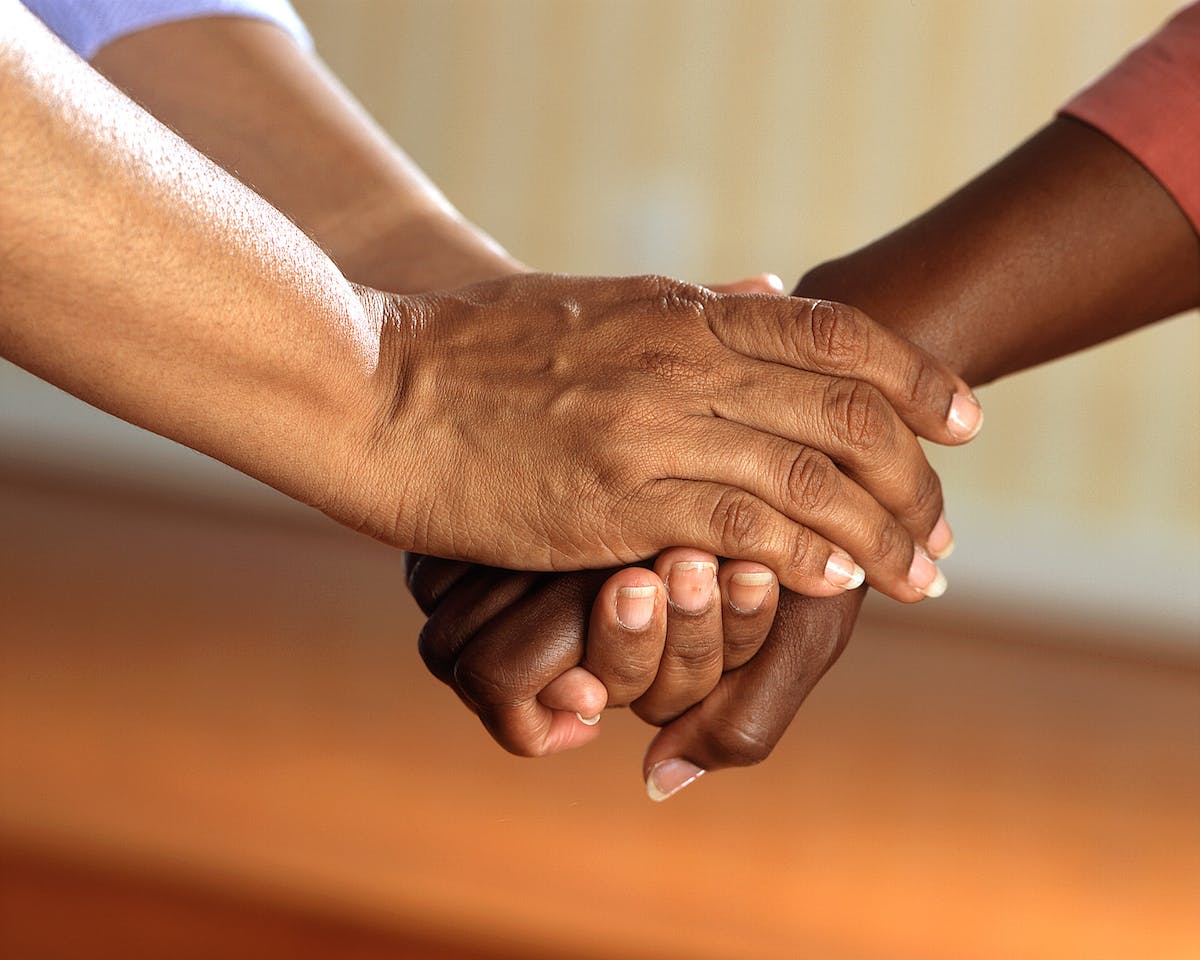Contents
This post is a continuation from a previous blog, read part 1 here!
Jump To:
1. Queer representation: the good, the bad, the ugly
2. Adolescent sexuality and empowerment
3. How can comprehensive sex ed protect and empower LGBTQIA+ youth?
1. Queer representation: the good, the bad, the ugly
So, how does queer representation factor into all of this? In recent years, television shows aimed at children, such as “Steven Universe,” “She-Ra and the Princesses of Power,” and “The Owl House,” have included more LGBTQIA+ representation. Shows and films aimed at adults, including the recent and acclaimed “Our Flag Means Death,” have followed the same trend. Though we are seeing an advent in LGBTQIA+ representation in our media, something that has proven to have positive mental health outcomes for those that identify within the population being represented, there is still a lot of space to grow.
There are several harmful stereotypes that pervade queer representation in media and pop culture. For instance, the “flamboyant gay best friend” trope was the primary form of LGBTQIA+ representation outside of cult queer films, in which the only gay character in a given piece of media would be portrayed in an exaggerated, comical fashion. Some common messaging in popular media takes a more sinister turn. Take the “bury your gays” trope- an astounding array of films featuring queer couples end with one or both of them dying. This issue has become so pervasive in media that many queer spaces have actively collected the names of films that stray away from this trend in order to promote media that centers queer joy, rather than queer trauma. Finally, there is the villanization of sexual and gender nonconformity in many popular pieces of media, from HIM of “The Powerpuff Girls” to King Xerxes of “300.”
What’s the problem with these stereotypes? Am I saying that you can’t have a cool gay villain or you can’t tell an evocative story that involves a gay couple where one of them dies? No, of course not. The issue with the trends listed above is that oftentimes they’re the only stories that get told. Often, the first words out of my mouth when someone recommends me a queer film are, “do they die in the end?” The line between tokenism and representation is defined by the sensitivity and the diversity of stories being told. For every gay villain, tell the story of two gay heroes. And when we do so, we must do the research necessary to tell the story faithfully, and to avoid falling into those harmful stereotypes. There’s more than one way to embody queerness, and representation lends depth to that reality.
2. Adolescent sexuality and empowerment
Let’s take a moment to talk about teen development. Other than the miasma of hormonal soup that most adults probably remember none-too-fondly, adolescence is often the period at which identity development really kicks off. Most teenagers acquire and explore their preferences in friends, activities, and romantic partners during this time. That exploration often includes sexuality- the average age for first sexual engagement in the US is 16.8 for male-identifying individuals and 17.2 for female-identifying individuals. Many teens even report that they first have sex before they feel ready to do so. It’s clear that teenagers are capable of making such serious decisions as choosing a sexual partner, yet they are often treated as if they’re still too young or immature. This results in important knowledge being kept from them, disempowering them to make informed decisions, which may lead to more risky behavior.
3. How can comprehensive sex ed protect and empower LGBTQIA+ youth?
At this point you may be wondering, “what does all this have to do with sex ed and queer youth?” Consider the data that states that abstinence-only sex education does extremely little to deter teenagers from actually having sex. In fact, the abstinence model has been linked to higher rates of sexual assault and risky sexual behavior in some studies. Contrast this with comprehensive sex education, which provides information not only on safe sex practices, good communication, and different relationship dynamics, but also on a wider variety of sexual and gender identities.
Given that seeing oneself represented in various facets of life, as with queer representation in media, can be tracked to better mental health outcomes, it can be assumed that acquiring information specific to queerness will not only benefit queer youth, but help reduce the stigma of their cisgender heterosexual peers by teaching that queerness is not only normal, but something to be actively integrated into social systems. Therefore, promoting comprehensive sex ed and acknowledgement of queerness in an informed and mindful way can empower LGBTQIA+ youth to seek out and acquire information that helps them stay safe.
So, if you have a loved one who identifies as LGBTQIA+ and is in that essential developmental phase, what can you do to support them? Remember that advocacy is your most powerful tool. Any individual can advocate for policy change by calling representatives, or even testifying in the state capitol. If large-scale reform seems intimidating, it’s never too late to start small. Check your own personal biases about relationships, and try diversifying your language when you talk with your loved one. Using “they” instead of “he or she” or describing someone’s marital partner as a “spouse” instead of assuming that they must have a husband or wife can go a long way. And finally, unpacking your fears about talking about sex can help you be there when your loved one needs your support and insight. Showing them that you’re not afraid to talk about it, might help them deconstruct all that stigma for themselves.
Resources
- Planned Parenthood
- KFF
- Columbia University Public Health


